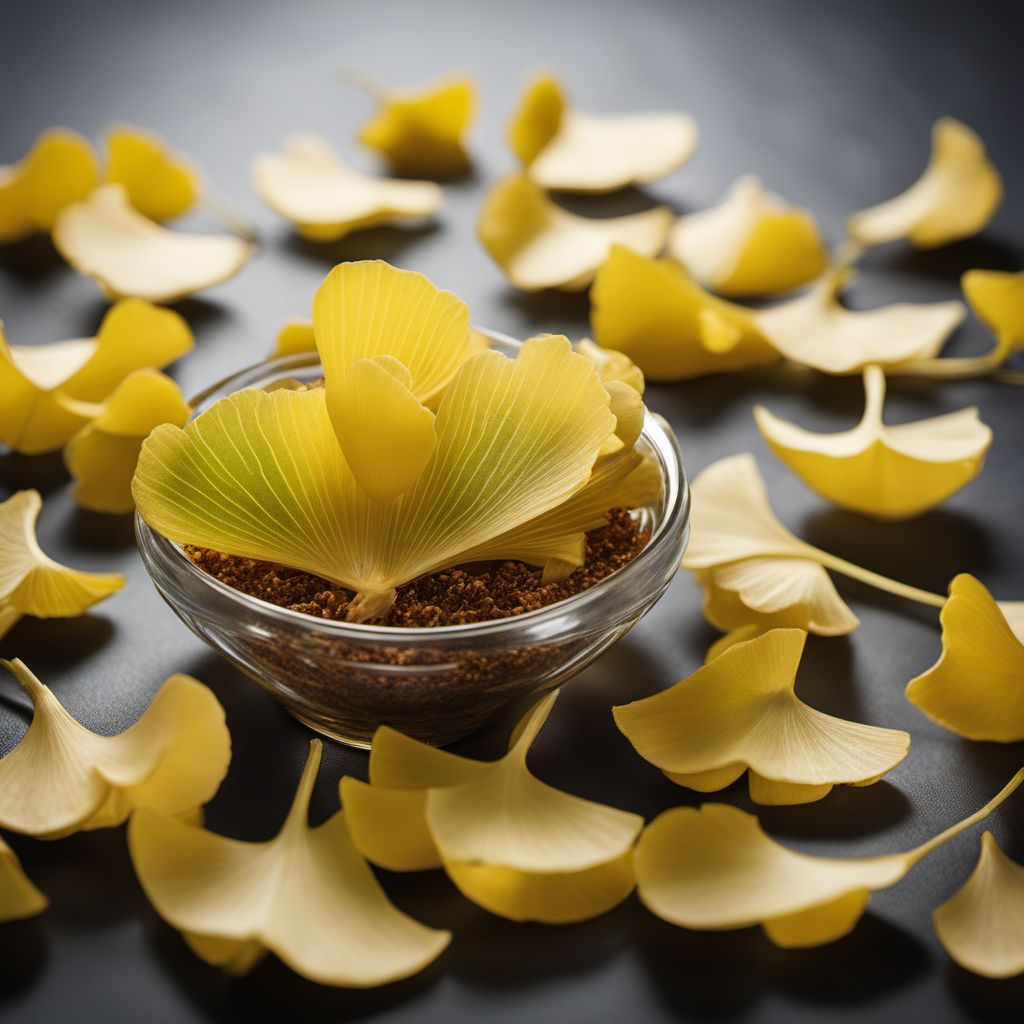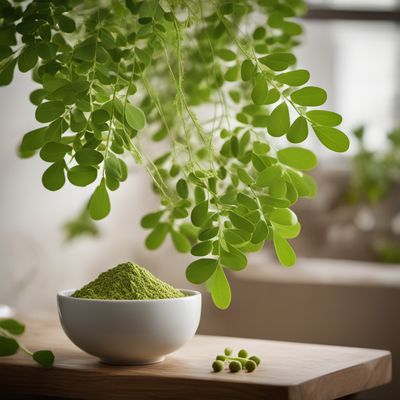
Ingredient
Gingko infusion material
"The Golden Leaf: Unveiling the Secrets of Gingko Infusion Material"
Gingko infusion material, derived from the leaves of the gingko tree, is characterized by its vibrant green color, delicate texture, and distinct aroma. The leaves are fan-shaped with a slightly waxy surface, and when brewed, they release a subtle, earthy fragrance. The infusion material imparts a mild, herbal taste with hints of bitterness, making it a versatile ingredient in both sweet and savory dishes. Its delicate texture adds a pleasant crunch to salads, while its vibrant color enhances the visual appeal of various culinary creations.
Origins and history
The gingko tree, native to China, has a rich historical and cultural significance. It is one of the oldest living tree species, dating back over 200 million years. In Chinese culture, gingko leaves are associated with longevity and are often used in traditional medicine. The use of gingko infusion material in culinary applications has also been prevalent in Asian cuisines for centuries, particularly in Japan and China.
Nutritional information
Gingko infusion material is a good source of antioxidants and contains essential nutrients such as vitamins A and C, as well as minerals like potassium and calcium.
Allergens
There are no known allergens associated with gingko infusion material.
How to select
When selecting gingko infusion material, look for fresh, vibrant green leaves that are free from blemishes or discoloration. Avoid leaves that appear wilted or have a strong odor, as these may indicate poor quality.
Storage recommendations
To maintain the freshness and quality of gingko infusion material, store it in an airtight container in a cool, dry place away from direct sunlight. Properly stored, it can retain its flavor and aroma for several months.
How to produce
Gingko infusion material can be produced by harvesting fresh gingko leaves and drying them thoroughly. The dried leaves can then be used to make infusions or incorporated into various culinary preparations.
Preparation tips
To prepare gingko infusion material, steep a handful of dried leaves in hot water for 5-10 minutes, depending on desired strength. The infusion can be enjoyed on its own or used as a base for beverages, such as tea or cocktails. The leaves can also be finely chopped and added to salads, stir-fries, or soups for a unique flavor and texture.
Culinary uses
Gingko infusion material is commonly used to make herbal teas, infusions, and beverages. It can also be incorporated into desserts, such as ice creams, custards, or cakes, to add a subtle herbal note. Additionally, the leaves can be used as a garnish or ingredient in salads, stir-fries, and soups.
Availability
Gingko infusion material is commonly available in regions where the gingko tree is cultivated, such as China, Japan, and Korea.

